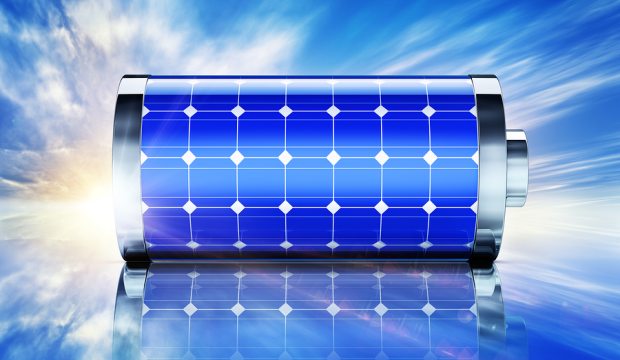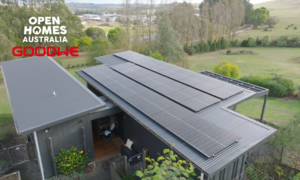Energy companies may be forced to compensate up to 50,000 consumers who lost power in the Victorian electricity network crash during the weekend’s heatwave.
Victorian Premier Daniel Andrews blamed localised faults across the distribution network for the crippling outages. Blown fuses and failed transformers were the culprits rather than the power supply itself, he told ABC News.
It’s estimated up to 50,000 people across the state suffered blackouts as Victoria sweltered through the hottest night of the summer.
According to Energy Minister Lily D’Ambrosio, it was also the highest peak demand ever recorded in Victoria on a Sunday. And all five Victorian energy distributors suffered outages.
The Government will now investigate the faults, along with possible compensation for households and businesses affected by blackouts.
“It’s the Government’s job to ensure the lights stay on,” Mr Andrews said.
Solar power could’ve prevented Victorian electricity network crash
The Premier insists local network faults rather than state-wide power supply were responsible for the outages.

And Andrew Dillon of Energy Networks Australia has told ABC Radio Melbourne that solar did little to ease the pressure on energy demand.
According to Mr Dillon, solar power helped with 3pm and 4pm demand peaks. Yet this only served to push the problem period to 6pm and 7pm.
The real value of solar, however, is being overlooked. Because if more solar-generating households and businesses installed batteries, they could power their air-conditioners late into the evening.
Mr Dillon singles out air-conditioners as the biggest single contributing factor to the weekend blackouts during extreme heat.
If more consumers are therefore able to run air-conditioning 24/7, using solar battery backup when the sun goes down, it would relieve enormous stress on the network.
Proven power and efficiency of storage batteries
Large-scale batteries have also proved their efficacy, with Tesla’s big battery in South Australia saving the day in December 2017.
Apparently it took only 140 milliseconds for the brand-new Tesla battery to respond when a major coal-fired power plant failed. The transition was so instant that the Australian Energy Market Operator (AEMO) could not record it.
The world’s largest lithium-ion battery actually delivered 100 megawatts into the national electricity grid in record time.
On a smaller scale, Australians installed a record number of solar panels in 2017 according to a recent Bloomberg report.
And the Climate Council says Australia is on track to getting 45 per cent of its power through solar and battery storage by 2040 due to falling costs. Steadily declining solar energy storage costs therefore make it a great time to buy.












































